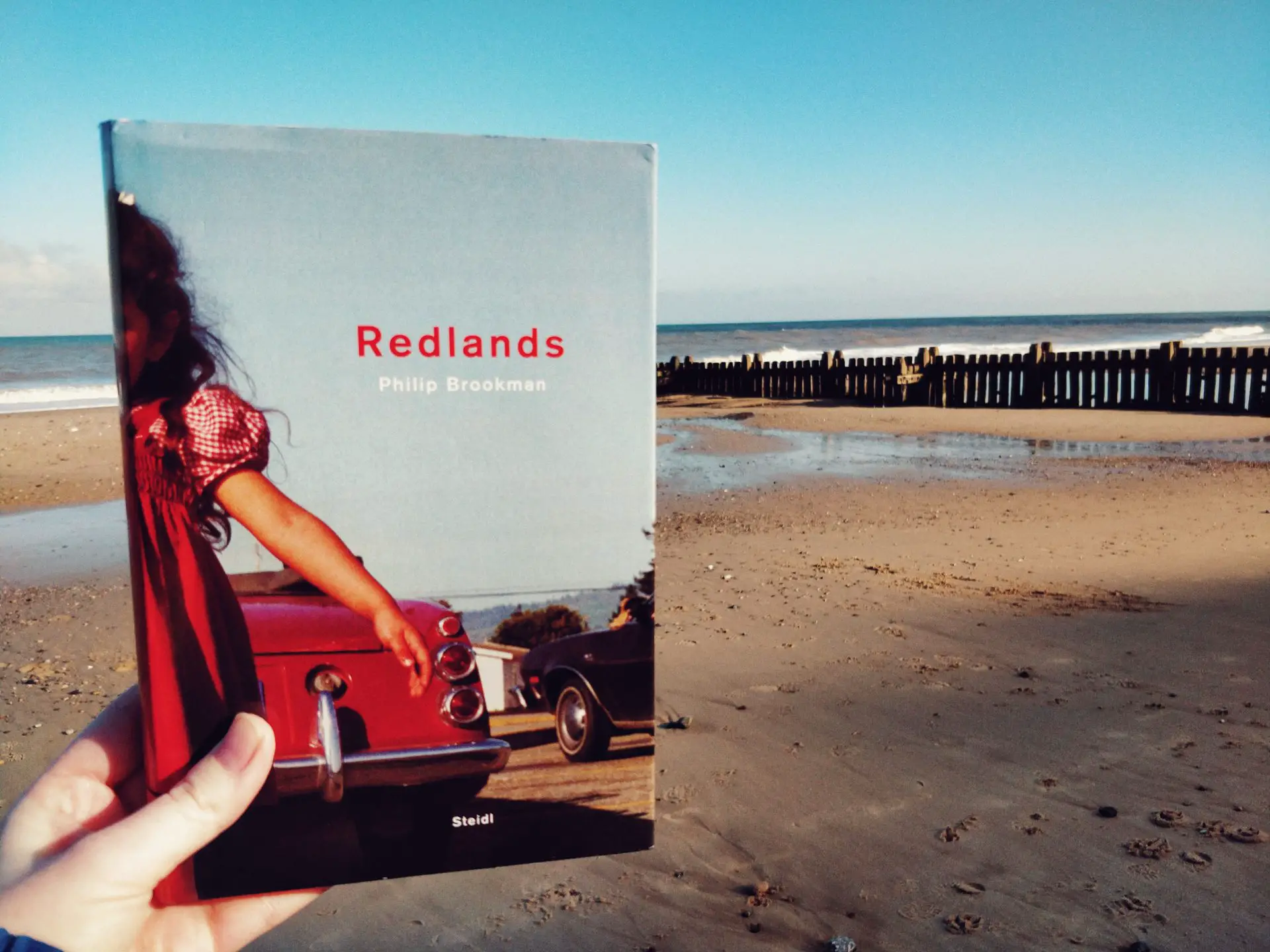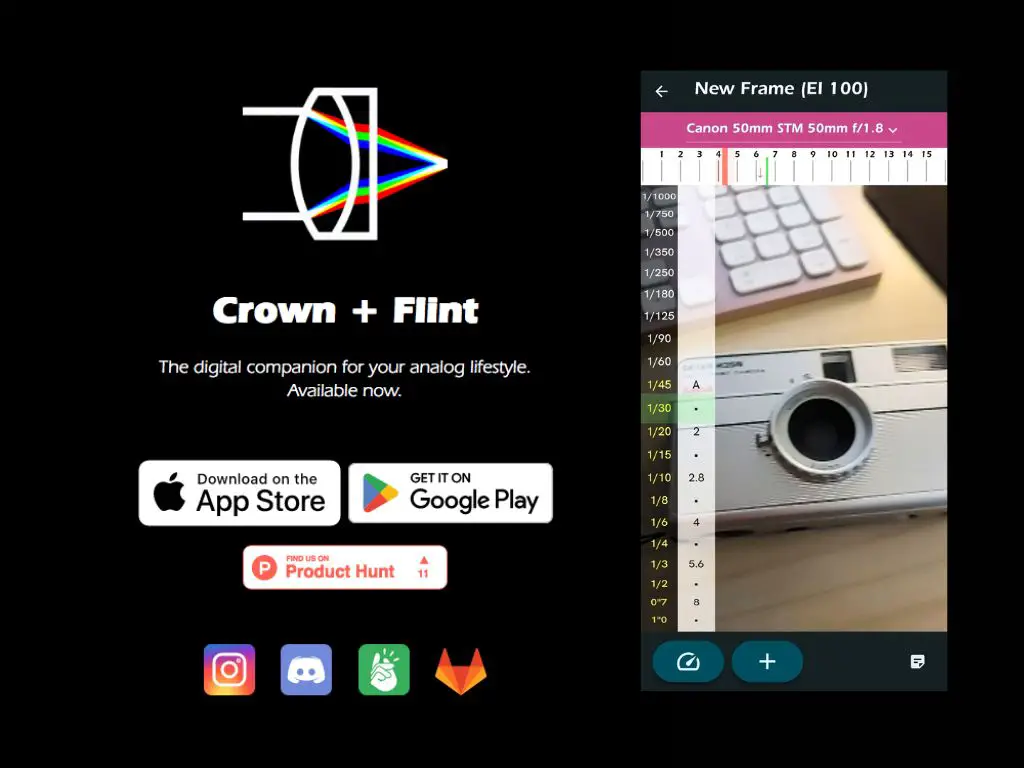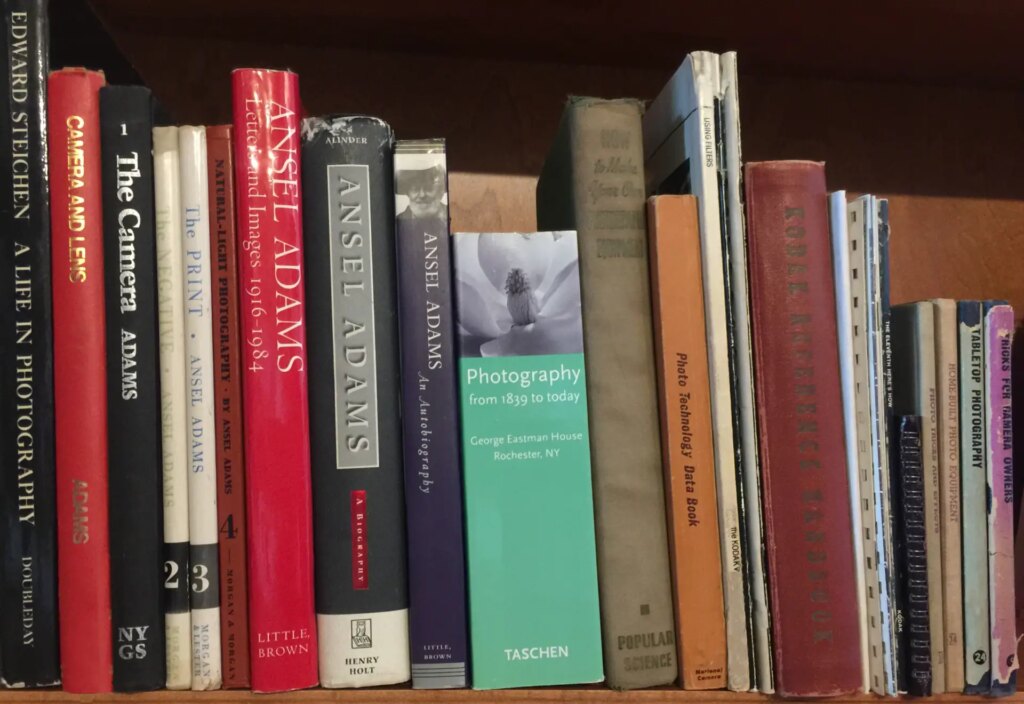“Our family album is full of beautiful pictures from the beach, but none of them tells the real story.” (Brookman, 2015: p127)
I came across this book by chance. I was looking for Some Kind of Heavenly Fire by Maria Lax (2020) and The Disappearance of Joseph Plummer by Amani Willet (2017), both of which I can’t get my hands on. I came across Redlands by Philip Brookman (2015) and the description matched the criteria I was looking for.
I’m trying to find books which blend photography and fiction. I’ve struggled to find a name for this genre but the suggestions I’ve had so far haven’t brought up many results. I’ve tried iconotext, image embedded text and cinematic novel; let me know if you know the answer to that one!
In the description of Redlands it said that it blends the photographers own documentary images with a short story about a fictional photographer who travels up and down the US. And, while this is certainly true, this story is so much more and I found it subtle yet thought-provoking, frankly everything I look for in photographs, films and other fiction that I read.
I will conclude before I begin, this book is worth reading. I absolutely recommend it and with that in mind, I will try not to include any spoilers in this review.
This story is about Kip, we first meet him as a child living in Mexico with his father. They travel back to America to be with his mother and sister after discovering that his mother is terminally ill. It is written almost like a diary but rather than regular passages, we glimpse a fragment from various years beginning with 1942 then jumping to 1962 with regular years up to 1985.
Throughout Kip seems lost, he seems unsure of himself and what the point of life is. It isn’t overtly a soul-searching book, it’s subtle as I mentioned before. As the reader, I felt unsure of his relationship with Angie, his love interest, it’s almost as if Kip isn’t interested and I think this is a clever character point. Kip is so fundamentally lost himself that everything is a little vague. There’s no passion, no fire in their relationship but clearly she is special to him. Perhaps she gives him a reason to keep searching for meaning.
“He photographed the saddest things you can imagine: dire poverty, sick people, drugs, crime, institutions, … I actually thought his pictures were pretty good when he showed me what he was doing, and I told him so. I asked him why … He said he was just showing what’s there, like a witness or a testament. I asked him why he didn’t photograph anything beautiful like landscapes, clouds, hummingbirds, cute girls, protestors, or the reflection of the sky in a puddle after a spring rain. He said he didn’t need those things and they weren’t true anyway.” (Brookman, 2015: 84)
This quote from the book really spoke to me. It’s from a scene where Kip is talking to a photographer in a diner and is the catalyst for him wanting to be a photographer himself. The quote stuck with me as I went about my day and I can’t quite articulate what it is about it but I had to share it. I’ve been doing a lot of thinking about photographs, why we photograph and what it says to others. I’m still working through that one in my mind, but this felt like good food for thought in that exploration. Later on in the story his father says:
“We all want to understand the past, I write about that sometimes, you know. I think that’s why Kip loves to look at the world through that little lens of his. It focuses things; that’s always been important to him.” (Brookman, 2015: 121)
Another glimpse of Kip being a lost soul and another fantastic taste of why people photograph and what photography can mean to an individual. The quote at the beginning of this article is another good one about the nature of photographs and comes at a point when Kip’s father is trying to explain certain things about Kip’s upbringing and his family which leads me down another theme drawn from this book.
I mentioned that this book was set in the 1960s-1980s, very much pre-social media and yet I feel we can draw parallels in terms of living up to some kind of expectation. Throughout the book subtle references are made to “the American dream”; Kip’s mother gives up her dream to be what was expected of a mother in those days. Kip’s father ended up running away to Mexico to pursue his dream of being a writer and Angie’s family move across the border in pursuit of something better.
Is it because I am a mother myself that I feel so connected to Kip’s mother? She isn’t present in much of the book but her presence is felt throughout and I find myself still dwelling on her internal battle over whether to live up to social expectations or follow her own dream. Today we are bombarded by messages over what we should be doing, wearing, feeling and as mothers this can cause so much guilt when we feel we aren’t living up to others; like we’re letting our children down. This story makes me feel like the times were different, the outcome was a little different but the element of pressure was still there.
Finally, as this is a blend of photography and fiction, I should really comment on the images. When looking at other descriptions and reviews of this, the general consensus is that without the images the story falls a little flat and without the story the images don’t hold up as a body of work. I would tend to agree with that. In previous articles, we’ve discussed how an image can make us feel, I wrote about it here on some images I took in NYC and Hamish spoke about it here in his article on his images from his annual holidays (and many more articles besides). Sometimes an image portrays emotion and in this book the images feel nostalgic. And I’m saying that considering I was born in the 1990s, well after these images are set. I find the selection of images provide a warmth to the text and I don’t know how else to describe it. Without the story though, these images would feel like a random jumble. This is not a criticism, what we have here is a full body of work, the story and the images are supposed to be consumed together and so that is perfect.
If anyone has any recommendations of similar books, please let me know as I am on the lookout. I have Altered Oceans by Mandy Barker (2019) on my shelf which is a body of photographic work alongside an essay; I’m looking forward to reading that one even though it isn’t fiction. I’ve also found novels which have some images embedded in the text like those by W.G Sebald but those are moving away from what I’m looking for as the images are not as important as the text in those examples. Equally, if there are any kind souls out there who would be happy to loan the books I mentioned at the beginning of the article please reach out!
I document my learning journey on my website here and you can follow me on Instagram here.
I have also just started a Facebook group dedicated to Photography Books and Theory.
Share this post:









Comments
Graham Spinks on ‘Redlands’ by Philip Brookman – A Book Review – By Holly Gilman
Comment posted: 25/11/2020
Comment posted: 25/11/2020
Khürt Williams on ‘Redlands’ by Philip Brookman – A Book Review – By Holly Gilman
Comment posted: 25/11/2020
Comment posted: 25/11/2020
David Hume on ‘Redlands’ by Philip Brookman – A Book Review – By Holly Gilman
Comment posted: 25/11/2020
Comment posted: 25/11/2020
Michael Jardine on ‘Redlands’ by Philip Brookman – A Book Review – By Holly Gilman
Comment posted: 27/11/2020
Comment posted: 27/11/2020
Jamie W on ‘Redlands’ by Philip Brookman – A Book Review – By Holly Gilman
Comment posted: 03/12/2020
Comment posted: 03/12/2020
Prehistory Project: Update and the first images – School of Holly on ‘Redlands’ by Philip Brookman – A Book Review – By Holly Gilman
Comment posted: 08/12/2020